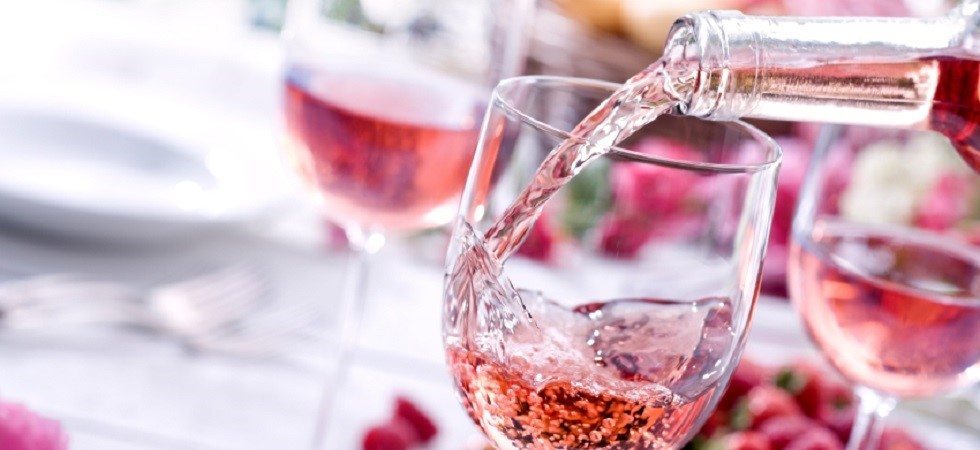
Just because you missed out on our Rosé tasting doesn’t mean you should miss out on knowing how Rosé is made and which ones we’re currently obsessing over. There are three methods of Rosé production, each yielding different but delicious styles, let’s begin!
Method 1: Blending
Starting with the very basics: in winemaking there are red grapes and there are white grapes. White-skinned grapes like Chardonnay make white wine. Red-skinned grapes like Pinot Noir make red wine. Now, if you blend red and white – ta da! You’ve got yourself a Rosé! We’re not recommending you go blending your own bottles, in fact we’re certain it should be left to the professionals, like the team at Spier. They blend Chardonnay and Pinot Noir to make a killer medium bodied, Rosé with notes of juicy strawberries and yellow apple. Plus it’s a wicked deal at $16.20/bottle.
Method 2: Direct Press
France’s darling Rosé region is Provence. In fact about 90% of wine made in Provence is Rosé. Here, most producers use the direct press method. The winemaker will use red-skinned grapes, they are pressed (squished) allowing the juice to come in contact with the skin. The juice and the skin are just left in contact with one another for mere hours (3-4) and then the juice is drained off the skins. A lovely, lightly hued, delicately flavoured Rosé is born! Try our stand-by favourite, Domaine Houchart Provence Rosé, made with Cabernet Sauvignon, Cinsault, Grenache & Syrah. The resulting wine is pale pink with vibrant notes of grapefruit, strawberries and a hint of white pepper ($21.20).
Method 3: Saignée
If you don’t parle français, Saignée means ‘bleeding’ and it’s a by-product of red wine production! In this instance, the winemaker is using red-skinned grapes to make a red wine. After the grapes have been pressed, and the juice and the skins have gotten to know each other enough to make them blush (a few hours) about 10% of the juice is bled off. This results in two wonderful things: a magnificently complex Rosé, and the remaining 90% of the juice that went on to become red wine, is also more concentrated and rich! Try the Blanc de Noirs from Poplar Grove ($27.20) Rosé made from predominately Malbec ad Syrah, plump with notes of grapefruit and lime with a creamy mouthfeel and a kiss of sweetness.

Our Rosé shelve is spilling over, quite literally into the neighbouring ‘Take Out’ section, safe to say we’re summer ready!








